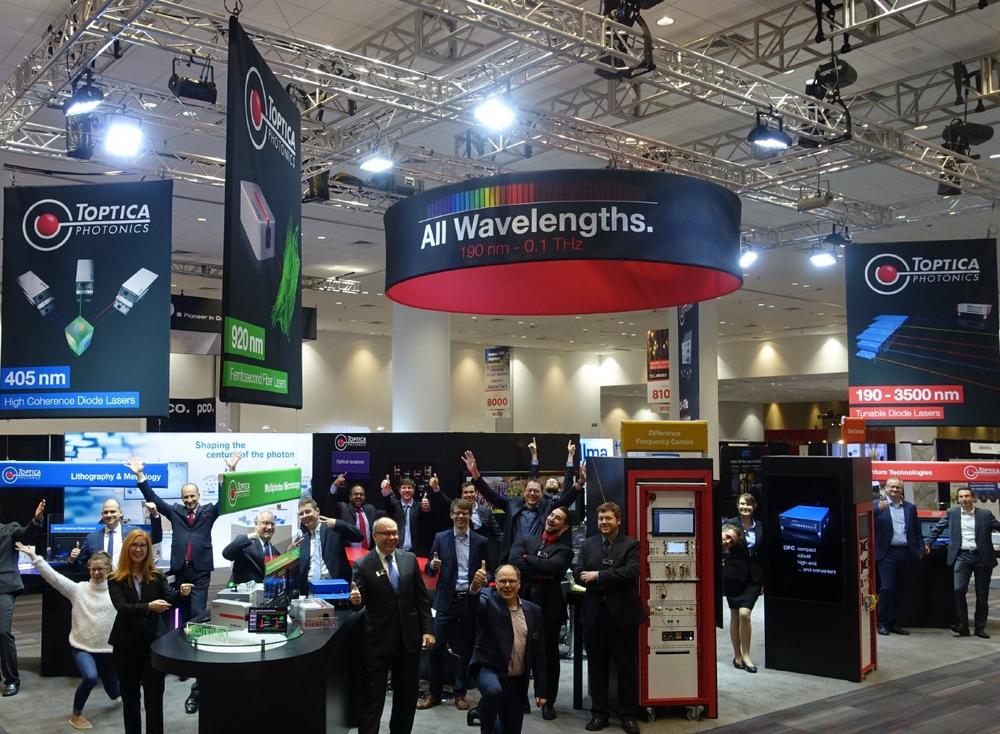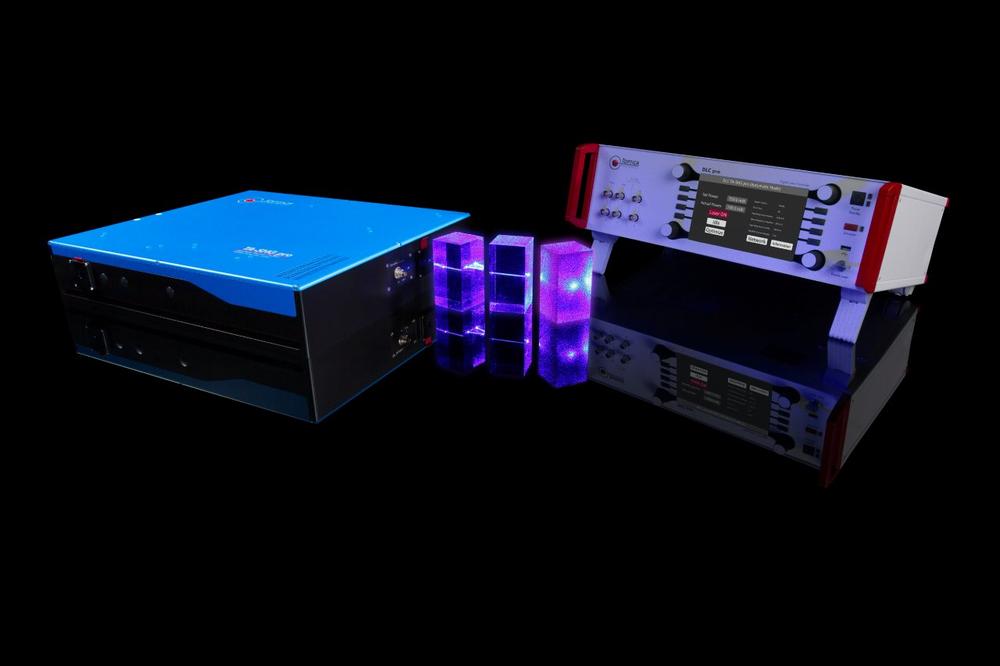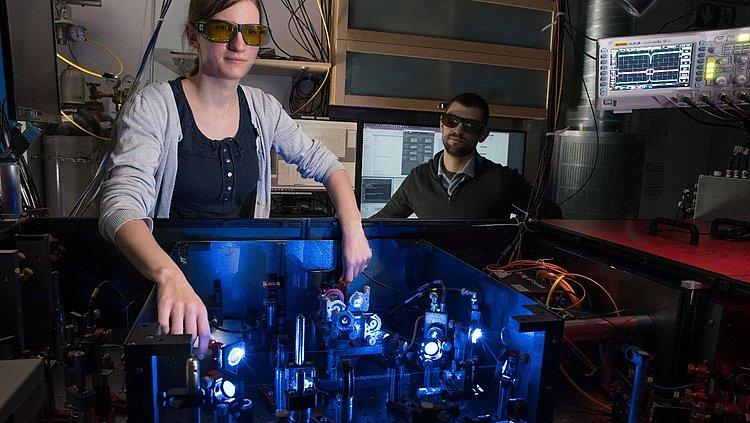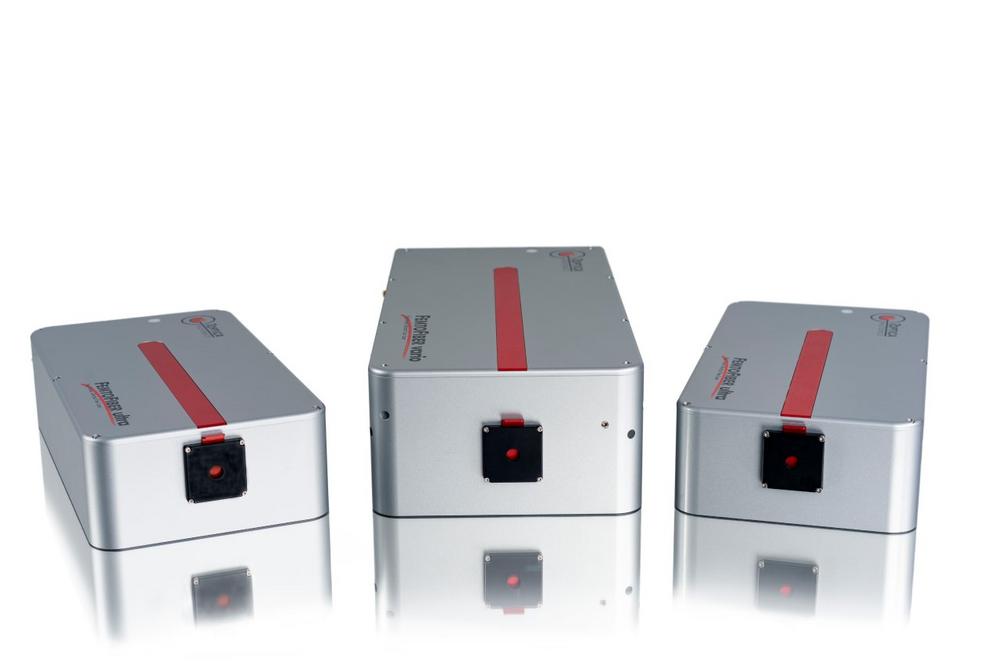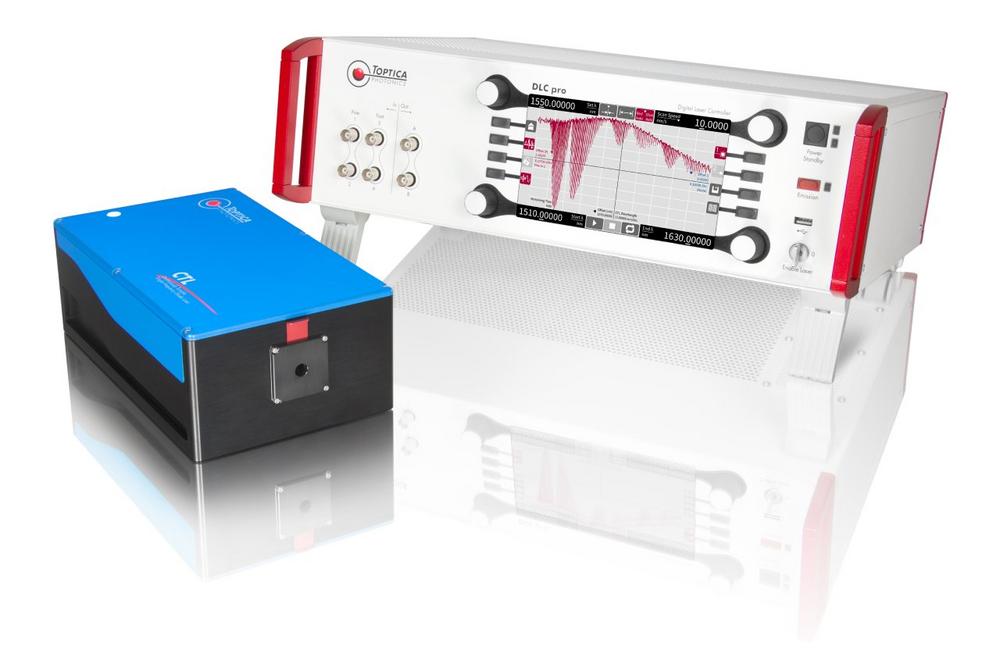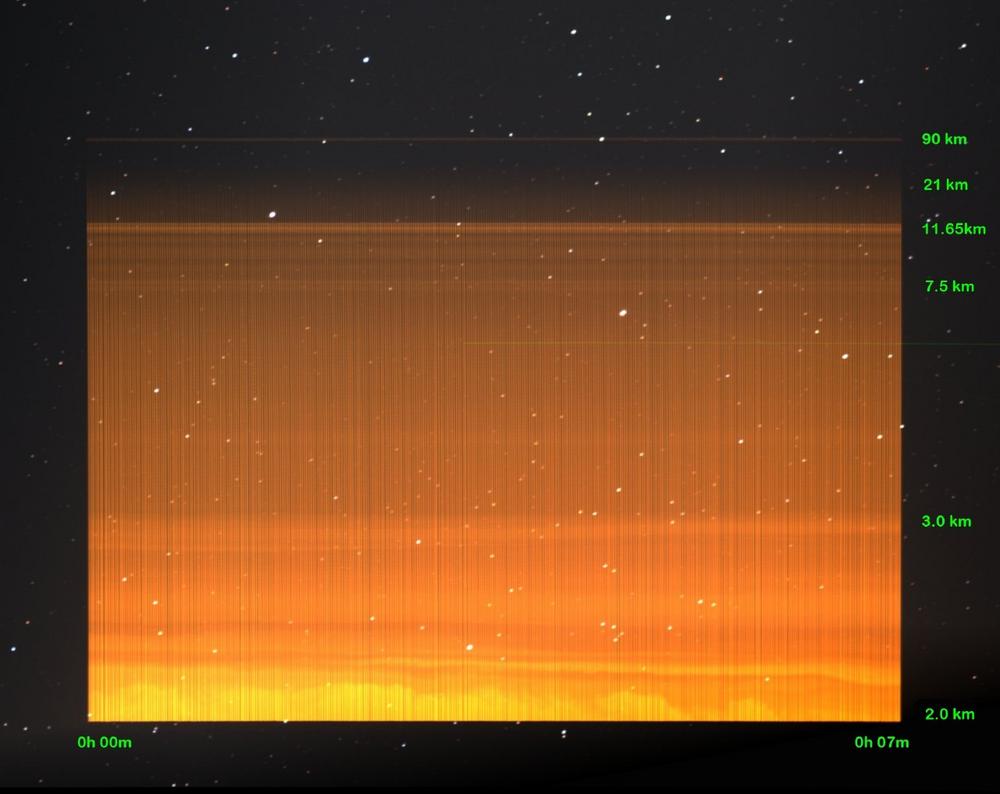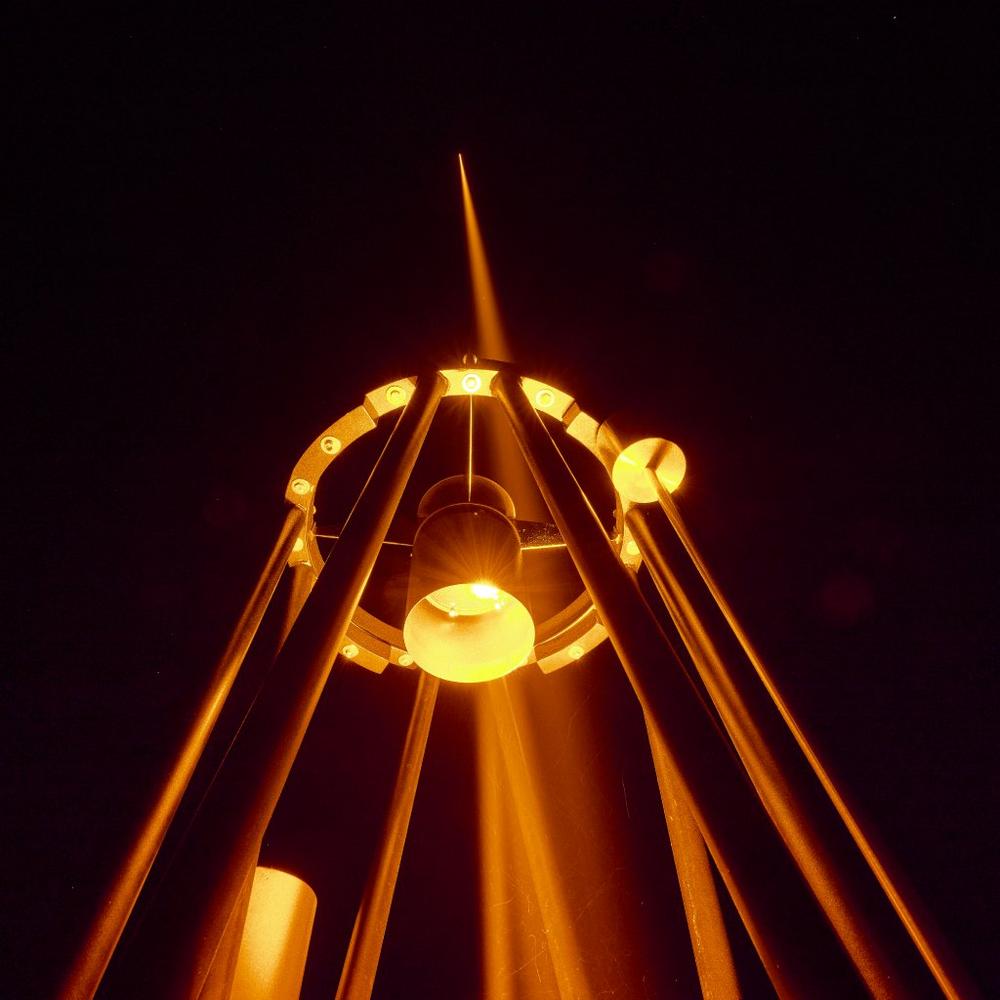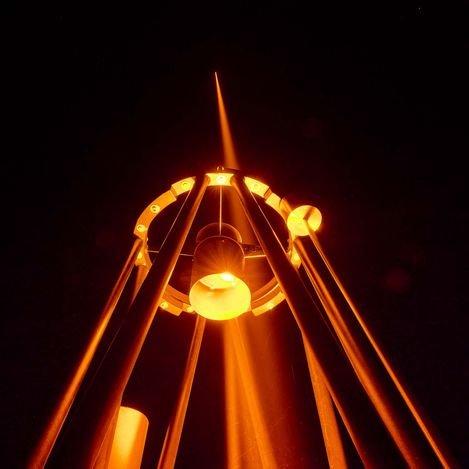Using state-of-the-art diode and fiber laser based technology, TOPTICA is a key enabler for quantum and biophotonics applications. TOPTICA will display their latest laser systems for scientific and industrial applications at Photonics West in San Francisco from January 25-27, booth #1227. Dedicated laser solutions for biophotonics will be shown at the BiOS Expo January 22-23, […]
continue reading